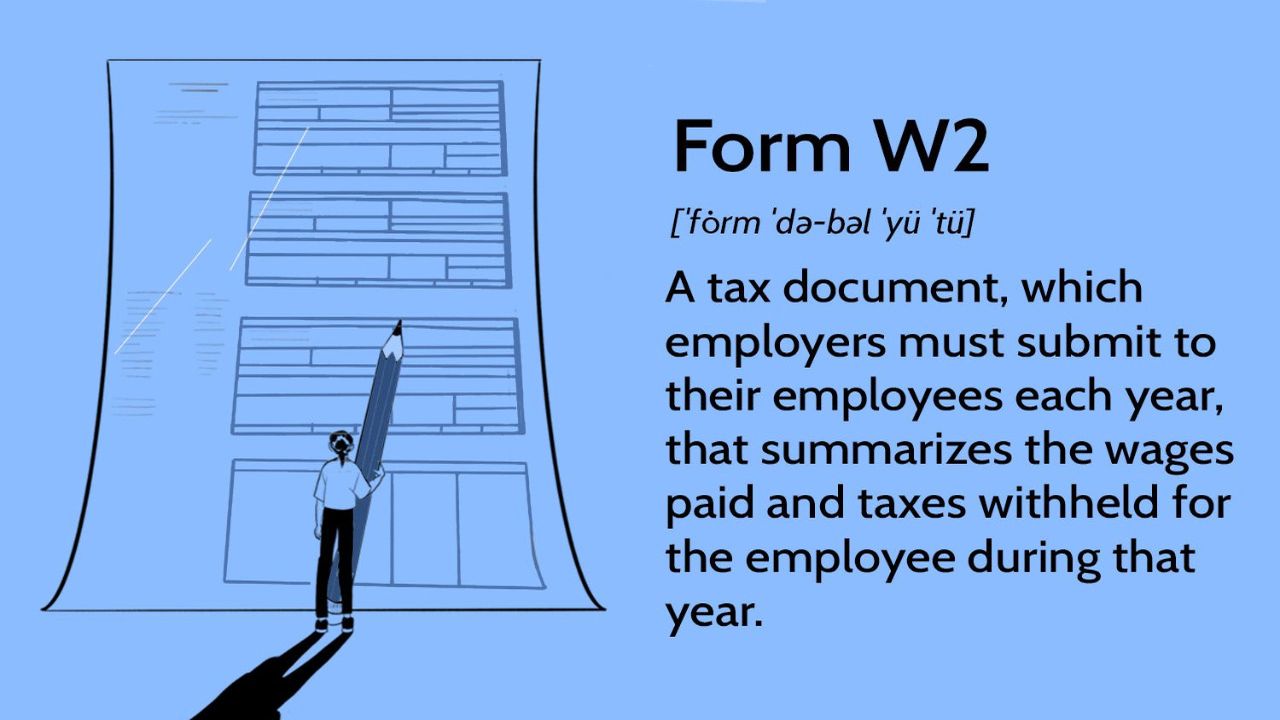The W-2 form, also known as the Wage and Tax Statement, is a crucial document used by employers to report their employees’ annual wages and tax withholdings to the Internal Revenue Service (IRS). It provides a comprehensive breakdown of various income sources and tax-related information. As you receive your W-2 each year, it’s essential to understand the distinction between taxable and non-taxable items listed on the form. In this article, we will explore common taxable and non-taxable items found on the W-2 form and how they impact your income tax liability.
The Purpose of the W-2 Form

The W-2 form serves as a comprehensive summary of your earnings and taxes withheld by your employer throughout the tax year. Employers are required to issue W-2 forms to their employees by January 31st of the following year, and employees use this document to prepare and file their individual income tax returns. Luckily, nowadays, one can use a W2 creator and generate a form without any trouble.
Taxable Items on the W-2 Form
Wages and Salaries: The most common and significant taxable item on the W-2 form is your regular wages or salary earned throughout the year. This includes your base pay before any deductions.
Bonuses and Commissions: Any additional compensation such as bonuses, commissions, or performance-based incentives received during the tax year are considered taxable income.
Overtime Pay: Overtime pay, which is earned for working more than the standard work hours, is also included in your taxable income.
Tips: If you receive tips as part of your job, they are considered taxable income and must be reported on your W-2 form.
Severance Pay: If you received severance pay due to job termination or employment contract buyout, it is subject to income tax and is reported on your W-2.
Taxable Fringe Benefits: Some fringe benefits provided by your employer, such as taxable group-term life insurance coverage exceeding $50,000 or non-qualified moving expense reimbursements, are included in your taxable income.
Non-Taxable Items on the W-2 Form

While several components of your income are taxable, certain items are non-taxable and should not be included in your taxable income:
Employer-Provided Benefits: Some employer-provided benefits, like health insurance, are typically not considered taxable income and are excluded from the W-2.
Contributions to Retirement Plans: Contributions to qualified retirement plans, such as a 401(k) or 403(b), are generally not taxed and are excluded from your taxable income.
Certain Education Assistance: Educational assistance provided by your employer, up to a certain limit, may be non-taxable.
Dependent Care Benefits: Employer-provided dependent care benefits may be non-taxable up to a specific limit.
Qualified Moving Expense Reimbursements: Moving expense reimbursements can be non-taxable if you meet certain criteria.
Reporting Requirements and Tax Implications
Understanding the taxable and non-taxable items on your W-2 form is crucial for accurately filing your income tax return. When you prepare your taxes, you must report your total taxable income, including all wages, bonuses, and commissions. On the other hand, non-taxable items, such as contributions to retirement plans and employer-provided benefits, should not be included in your taxable income.
Ensure that you review your W-2 form carefully, cross-checking the amounts reported with your own records. Mistakes on your W-2 could result in discrepancies in your tax return, potentially leading to IRS inquiries or penalties.
To Conclude
The W-2 form is a vital document that outlines your earnings and tax withholdings for the year. Understanding the distinction between taxable and non-taxable items on the W-2 is essential for accurate tax reporting. Taxable items, such as wages, bonuses, and tips, contribute to your overall taxable income. In contrast, non-taxable items, like contributions to retirement plans and employer-provided benefits, are excluded from your taxable income. By comprehending the contents of your W-2 form, you can confidently file your income tax return and ensure compliance with IRS regulations. As always, if you have any doubts or questions, it’s advisable to seek professional tax advice to ensure accurate and compliant tax reporting.
